你以为你吃进肚里的都是真食品?Too young! Too naive!

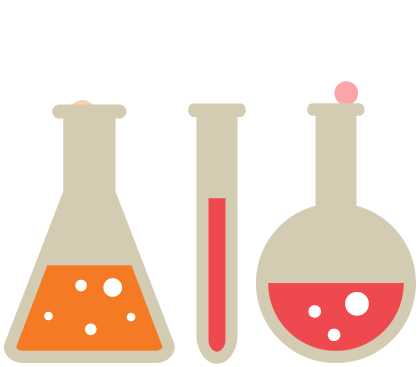
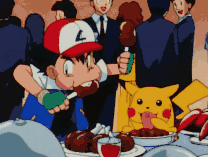
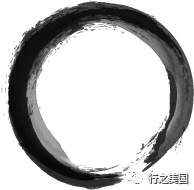
吃
作者:我
我想吃冰淇淋火锅我想吃砂锅我想吃烤肉我想吃烧烤我想吃小混沌我想吃鸭血汤我想吃烤鸭我想吃绝味我想吃鸡排我想吃香辣鸡腿汉堡我想吃卤肉饭我想吃波士顿薯条我想吃萨拉咪鸡腿我想吃老奶奶砂锅我想吃串串香我想吃鲜道寿司我想吃SUBWAY热狗我想吃皮蛋瘦肉粥我想吃全家桶我想吃麦趣鸡盒我想吃石锅拌饭我想吃豆腐汤我想吃鱼香肉丝盖浇饭我想吃土耳其烤肉饭我想吃铁板饭我想吃烤面筋我想吃蘑菇餐厅我想吃炸鸡腿我想吃鸡锁骨我想吃味千拉面我想吃外婆家我想吃手擀粉我想吃小鱼锅贴我想吃海克我想吃避风塘我想吃正豪超大大鸡排我想吃周黑鸭我想吃美满吉我想吃意面我想吃薯片我想吃蔬菜汤我想吃奶香玉米我想吃茶叶蛋我想吃烤肠我想吃贡丸我想吃肉夹馍我想吃鸡蛋灌饼我想吃手抓饼我想吃西瓜我想吃香蕉牛奶我想吃大龙虾我想吃江南人民公社我想吃桂花酒酿我想吃可爱多我想吃大肉粽子我想吃小笼包子我想吃土豆粉我想吃新奥尔良鸡腿我想吃芝麻青团我想吃毛栗子我想吃大娘水饺我想吃鸡肉卷我想吃蒸饭团我想吃必胜客我想吃南阳豆花我想吃红豆奶茶我想吃石婆婆烧鸡公我想吃小肥羊火锅我想吃85度我想吃华夫饼我想吃东北炖我想吃大肉包子啊!


这是一条严肃的分割线

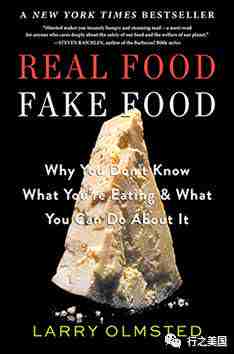
“
Real Food/Fake Food
美国食品安全大揭秘
Larry Olmsted
”
PREVIEW
Real Food/Fake Food: Why You Don’t Know What You're Eating and What You Can Do About It is an investigative overview of the food industry’s often intentional efforts to mislead consumers about the origin and identity of the products that they eat. Author Larry Olmsted highlights the most outrageous examples of food frauds perpetrated upon the American people and offers recommendations for ways that consumers can reclaim their grocery bags and fill their dinner plates with foods they can trust.
导读
这本书是关于美国食物行业里经常就食品原产地和标识故意误导消费者的一个调查。作者Larry Olmsted重点指出了美国食品市场中一些令人发指的食物掺假的例子,并且提供了一些建议可以让消费者吃上放心的食物。

Fake
Fake foods are ubiquitous, but most Americans fail to realize that they are being duped. While it may seem harmless to consume a type of cheese that is not, in fact, from a specific region in Italy, as often occurs with the consumption of ersatz Parmesan cheese, the implications of this fraud are far-reaching. First, consumers are paying a premium for products that purport to be more luxurious or exclusive than they are, while the US government does little to nothing to protect its citizens’ pocketbooks. More importantly, when food products misrepresent themselves to the consumer, a person’s health can be put at risk. Most Americans do not realize that not all words on food packaging have meanings that are regulated by the Department of Agriculture (USDA) or Food and Drug Administration (FDA). As a result, a consumer might be duped into purchasing a product labeled as “natural” with the belief that it’s healthier. In reality, the FDA does not regulate this term and the consumer is purchasing a product that presents itself to be something it likely is not.
掺假
市场上掺假的食物其实是普遍存在的,只不过大多数美国人没有意识到买了假货而已。虽然有的掺假看似无关紧要,例如消费者有时候买了一块“标明”原产地是意大利的帕尔马奶酪,但其实是一块人造奶酪。但这种行为却会带来不利消费者的影响。首先,消费者花着大价钱却吃着假冒的食品。而与此同时,美国政府却没有什么作为。更重要的是,当消费者吃了与标签不符的食品后可能会威胁他们的健康。大多数美国人也没有意识到不是标签上所有的文字都是经过农业部(USDA)和食品和药物管理局(FDA)的认证和管理的。其结果就是,可能消费者因为食品标着“天然”而想当然觉得更健康。事实上,FDA根本没有认证过这类名称,所以消费者只是自欺欺人而已。
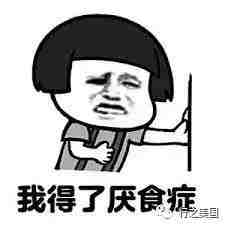
Harms
Food fraud is not a victimless crime. In addition to putting the consumers’ health at risk and charging them for something that is not authentic, it also harms the people who have devoted their lives to cultivating authentic foods. When an American company manufactures a cheap sparkling wine and calls it “champagne,” it is exploiting the centuries of work put into creating the sterling reputation of real champagne produced exclusively in a specific region in France. As a result, consumers might come to devalue the genuine article based on their experience with lesser products trading on its good name. This, however, is perfectly legal in the United States.
伤害
假冒食品这种行为不能被原谅。但这样的行为不仅使消费者健康处于危险之中,更伤害了那些致力生产品质良好的厂家们。比如当一家美国公司制造廉价起泡酒并称之为“香槟”时,它正利用了香槟这一商品的信誉去欺骗无知的消费者。像这样明目张胆卖这种假冒商品的行为在美国是合法的。
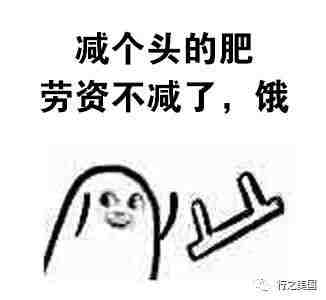
Read
Consumers who seek to avoid food fraud should learn how best to identify the products they consume. Products often faked include cheese, olive oil, and seafood. While restaurants will generally be the worst perpetrators of food fraud, savvy consumers can protect themselves by becoming educated at the grocery store and purchasing foods that rare whole whenever possible, as it is much harder to misidentify a whole lobster, for example, than a fish product that’s been chopped up and stirred into a soup.
辨认
能够避免这类食物的最好办法就是学习如何辨认掺假的食品以及练就一双火眼金睛。容易被造假的食品有奶酪,橄榄油,和海鲜。饭店一般是最容易吃到这些掺假的食物,所以消费者要提高自身的知识水平以防上当受骗。其中有一个小技巧,新鲜的整个食材不容易掺假,比如买一整只龙虾和买有碎鱼片浓汤,碎鱼片中奖几率比龙虾高多了。
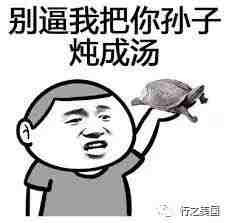
美国食品的黑幕
Shady
of American food
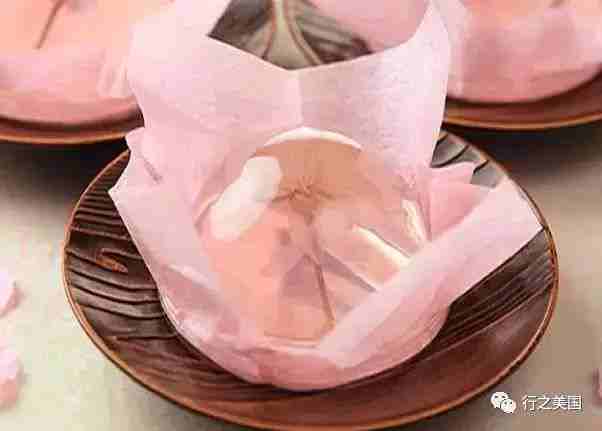
● Cutting Corners: Producing the world’s finest real food is expensive and time consuming, so fraudsters cut corners
○ 生产那些质量好的食品是又耗时又耗钱,造假者只好投机取巧
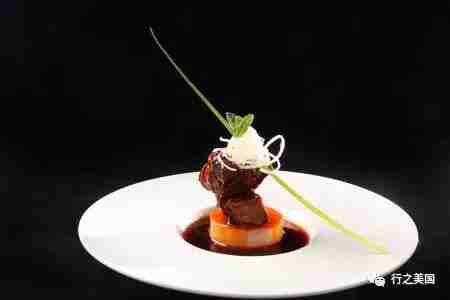
● Identify Theft: Fraudsters use the good names of these foods to sell cheaper products
○ 造假者利用品牌效应,挂羊头卖狗肉
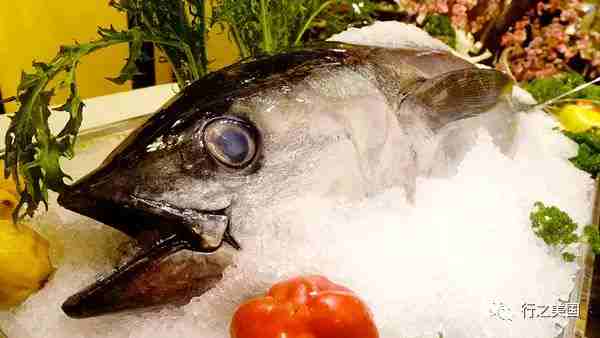
● Something Fishy: Ninety-four percent of tuna sold in the United States is actually escolar
○ 94%美国销售的金枪鱼是用玉梭鱼代替的
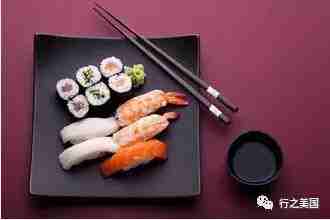
● Fake Sushi: Sushi restaurants frequently pass off one fish for another because it’s hard for most to tell the difference
○ 寿司店经常将你点的鱼换成另一种,因为大部分人的味觉是尝不出来的
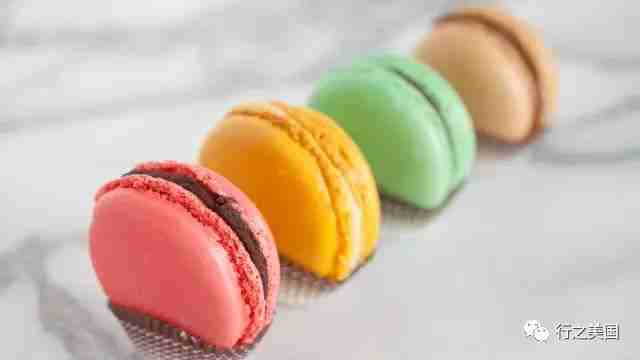
● What’s in a Name: Trademark laws in the US do not protect generic names - many regional products are considered “generic”
○ 原产地这样的商标是不受美国的商标法保护,比如商标注明该食品产自意大利并不能说明就是真的

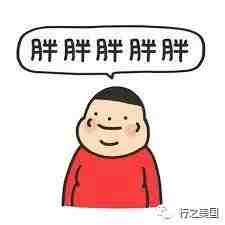
小吃货编逼逼叨
很多时候,大家对于国外的印象就是好!好!!好!!!
国外的空气好!
国外的东西都便宜!
国外的人都善良!
可能大家看了会微微一笑,美国这些食品造假手段不太高明,
但退后一步,大家都是人类,没有哪个种族是优越于其他种族的,
总会有一些投机分子混入其中。
只有不断提高自身知识水平才能预防买到这些掺假的食品。

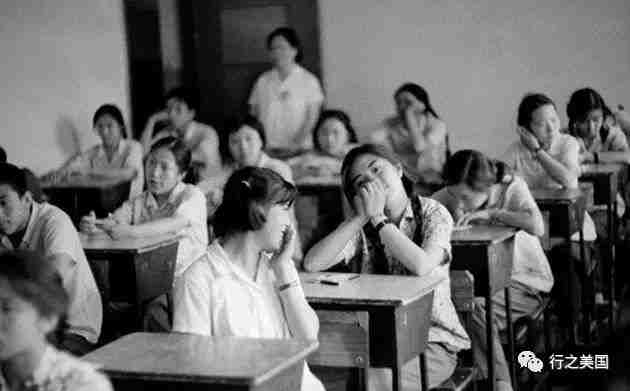
美中高等教育学会
宗旨
是在北美地区具有广泛影响力的教育类非营利组织,是在纽约州注册并被美国国税局批准的501(c)(3)非营利与社会公益慈善组织,在美国相关法律下享受运营便利和税收优惠。它由中美两国顶尖名校校友以及专业人士、教授发起,旨在打破信息不对称不透明,为准留学生、家长以及在美留学生提供真实信息与对接高质资源,致力于帮助留学生适应美国高等教育环境、传递真实的留学生形象和声音。
美中高等教育学会同时对接政府、知名企业、美国高校核心资源,扩展线上宣传线下活动独特渠道,着重打造留学人员创新创业项目与人才培养基地,多途径帮助国内企业政府在美招聘、吸引国际顶尖人才回国工作;为留学人员当地就业或回国创新创业、培养青年领袖提供便利条件。美中高等教育学会从申学到求职全方位服务留美人员,广泛促进中美教育和人文的交流。
■美中高等教育学会(行之)
110 Wall Street,New York, NY 10005
Chinese-American Higher Education Institute
www.CAHEI.org
www.xingzhi.org
编译专栏 作者
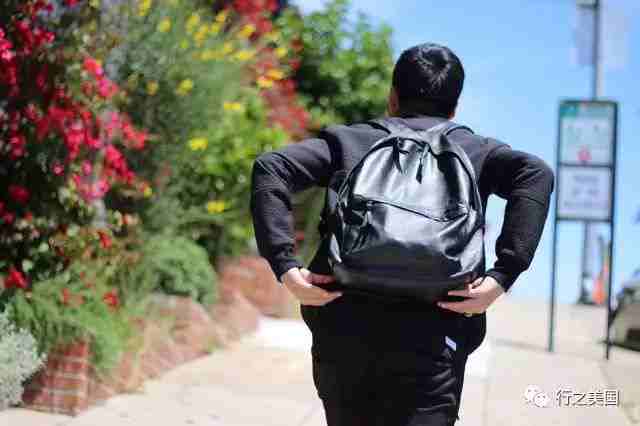
姓名:王洋
不会做饭的摄影师不是好逗比
最新评论
推荐文章
作者最新文章
你可能感兴趣的文章
Copyright Disclaimer: The copyright of contents (including texts, images, videos and audios) posted above belong to the User who shared or the third-party website which the User shared from. If you found your copyright have been infringed, please send a DMCA takedown notice to [email protected]. For more detail of the source, please click on the button "Read Original Post" below. For other communications, please send to [email protected].
版权声明:以上内容为用户推荐收藏至CareerEngine平台,其内容(含文字、图片、视频、音频等)及知识版权均属用户或用户转发自的第三方网站,如涉嫌侵权,请通知[email protected]进行信息删除。如需查看信息来源,请点击“查看原文”。如需洽谈其它事宜,请联系[email protected]。
版权声明:以上内容为用户推荐收藏至CareerEngine平台,其内容(含文字、图片、视频、音频等)及知识版权均属用户或用户转发自的第三方网站,如涉嫌侵权,请通知[email protected]进行信息删除。如需查看信息来源,请点击“查看原文”。如需洽谈其它事宜,请联系[email protected]。